- Home
- Multimedia
- Photo Gallery
- Tupperware: The legacy of an airtight plastic food bowl
Tupperware: The legacy of an airtight plastic food bowl

Image by : Shutterstock
A slew of Tupperware products at a store.
It seems implausible that Florida-based Tupperware, a household brand that revolutionised food storage with its airtight containers, would file for bankruptcy protection in an age when humankind can't seem to do without plastic. The company has reported more than $1.2 billion in total debts and is seeking court approval for a sale to protect its iconic brand. Due to intense competition, its overall sales have been in a steady decline since 2018.
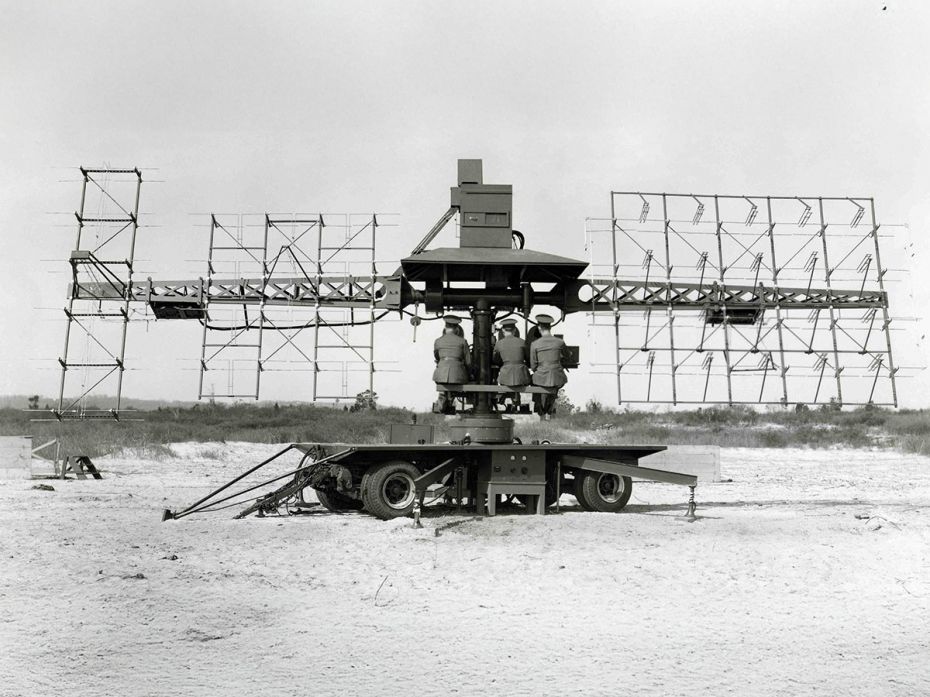
Image by : 12/Universal Images Group via Getty Images
US Army's first radar system in New Jersey, USA, 1940.
"What a time we would have if we had plenty of money," wrote seventeen-year-old Earl Silas Tupper in a school essay in Fitchburg, Massachusetts, in 1924. Poor and barely graduating from high school, Tupper sketched inventions in his notebook, dreaming of making millions. The World War II years (1939-1945) spurred innovation and manufacturing in plastics, from insulation wiring to truck parts, for use in the war, not home. In 1945, Tupper obtained some polyethylene slag, a plastic waste product from the oil refining process that Du Pont had developed during the war. He experimented, purifying the slag and moulding it to create a new kind of plastic called Poly-T. In 1946, he finally came up with a winner--the 'wonder bowl,' a lightweight, non-breakable container with an airtight seal modelled on a paint can.
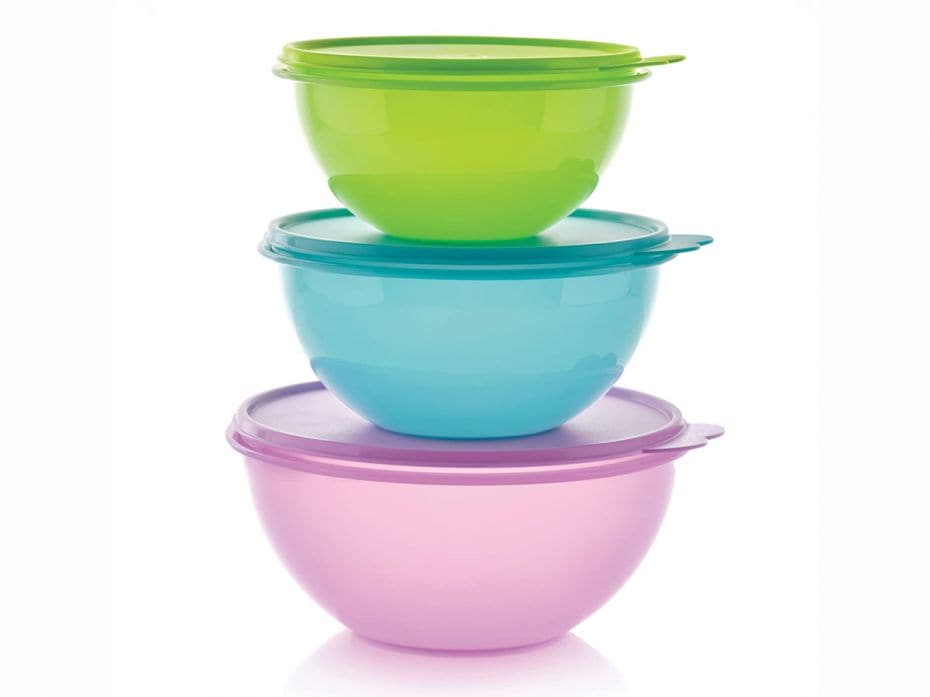
Image by :
The classic Wonderlier bowl.
The Wonder Bowl was translucent but more durable than any container before it. Easy to mass-produce in a mould and a myriad of colours, the Wonder Bowl's clean, modern look was widely praised by the burgeoning plastic industry and featured as an icon of modern design. It had a patented double-sealed lid that made it air—and water-tight, which could be sealed and unsealed just by pressing. It was perfect for the fridge or for outdoor entertaining.
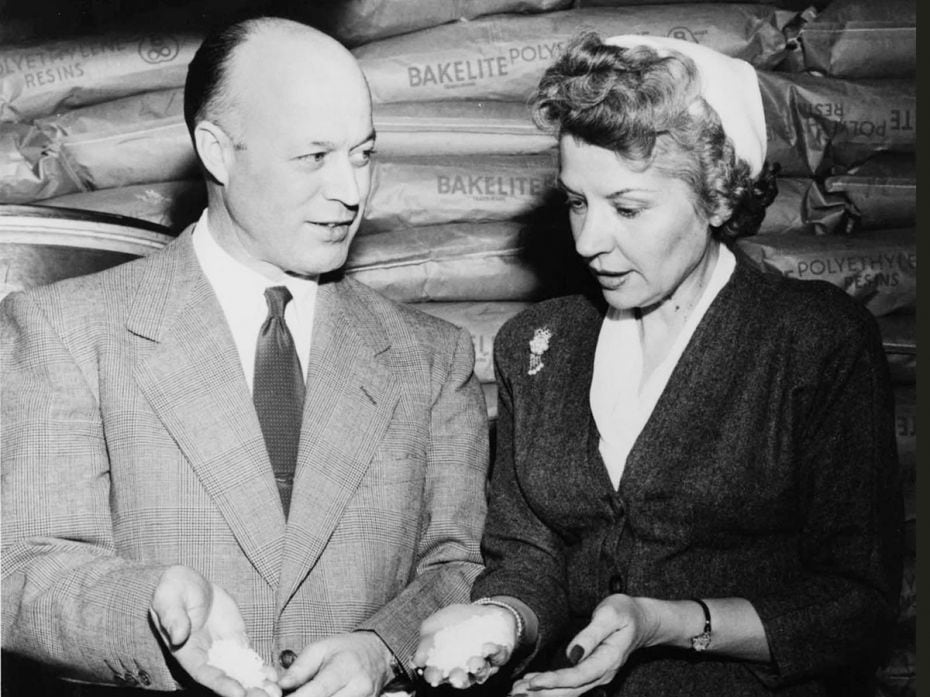
Image by :
Earl Tupper (left) and Brownie Wise.
However, department store displays and newspaper advertisements had failed to impress American homemakers and sales. Plastic was an unfamiliar material in the home. The patented Tupper seal had to be "burped" before it would work. Tupper soon heard of his products doing particularly well in Detroit, thanks to an ambitious, ingenious marketer, Brownie Wise, who was using home parties to directly sell products. A divorced woman juggling several jobs at once to supplement her income, Wise advised Tupper to get the product line into American homes by recruiting and motivating other women to network and sell at 'Poly-T parties'. It turned out to be the perfect vehicle. Tupperware was withdrawn from sale in retail stores in the early 1950s, and Tupperware "kitty parties" soon became popular in homes.
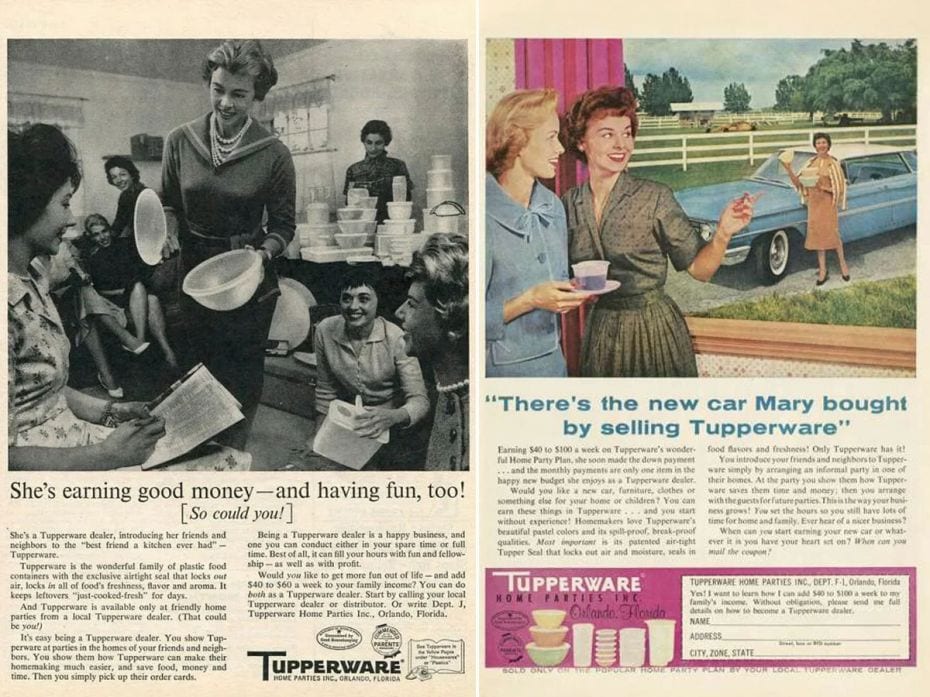
Image by : National Museum of American History
Early Tupperware advertisements.
Thousands of women, mostly married, signed on to be "Tupperware Ladies," as the sales representatives were called. The Tupperware parties offered a woman the chance to work and earn, networking her social circle without disrupting her schedule and primary role as a homemaker, contributing to women's empowerment. Though the popular stereotype of a typical 'Tupperware lady' was a white, middle-class suburban housewife, the popularity spread far among races other than white, among immigrants and rural communities across America.

Image by : Apic/Bridgeman via Getty Images
Brownie Wise tosses a bowl filled with water at a Tupperware Party in the 50s.
Brownie Wise quickly became the face of the company, with thousands of followers, and Tupperware sales reached $25 million in 1954. All the attention and credit that she was receiving would soon trigger resentment in Earl Tupper. In 1958, he fired Wise and sold Tupperware later that year for $16 million to drugstore chain Recall. Wise, just an employee, got nothing.

Image by : Ed JONES / AFP
Korean women pack kimchi into Tupperware and other brand containers in a traditional communal process known as 'kimjang' at their home in the eastern port city of Donghae, South Korea.
Two factors led to the brand's proverbial fall. By the 1980s, the patents on Tupperware's products started to expire, making it possible for other companies to produce cheaper versions. By 2000, the share of US women in the labour force had doubled to 60 percent from 34 percent in the 1950s, causing women to step out to work, leaving fewer women interested in hosting parties and selling plastic containers.
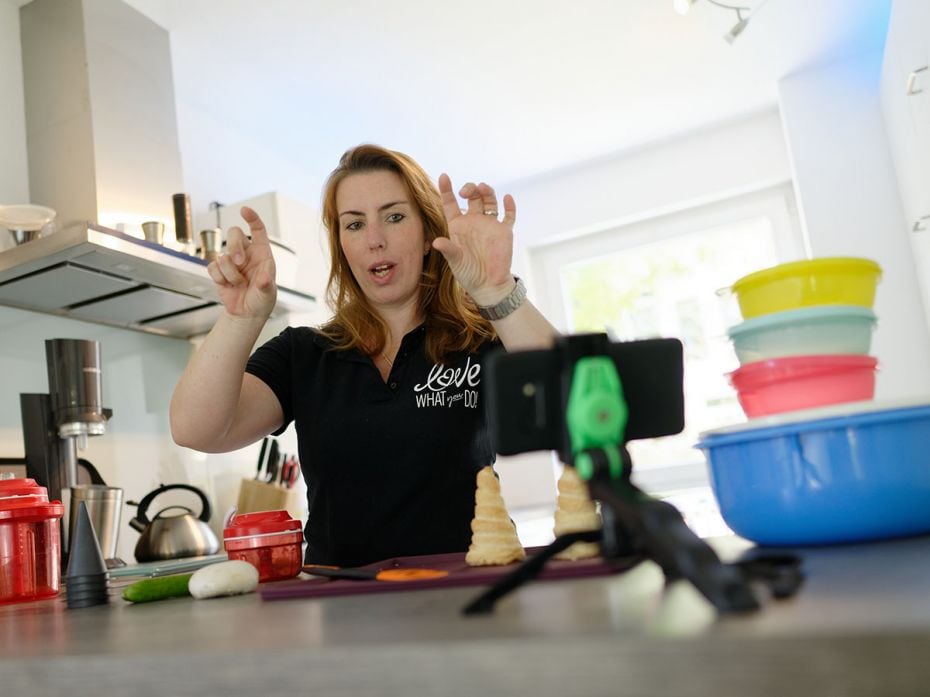
Image by : Henning Kaiser/dpa via Getty Images
Daniela Sigmund demonstrates kitchen utensils for a virtual Tupperware party in a set scene using digital distribution channels to advertise her goods in North Rhine-Westphalia, Cologne, May 08, 2020.
While Tupperware's sales woes increased, its 2020 earnings report registered a boost as people cooked more at home during the early months of the pandemic. However, the company ran afoul of New York Stock Exchange requirements when it failed to file an annual report for 2022 earlier this year, upping the risk of being delisted from the Exchange.
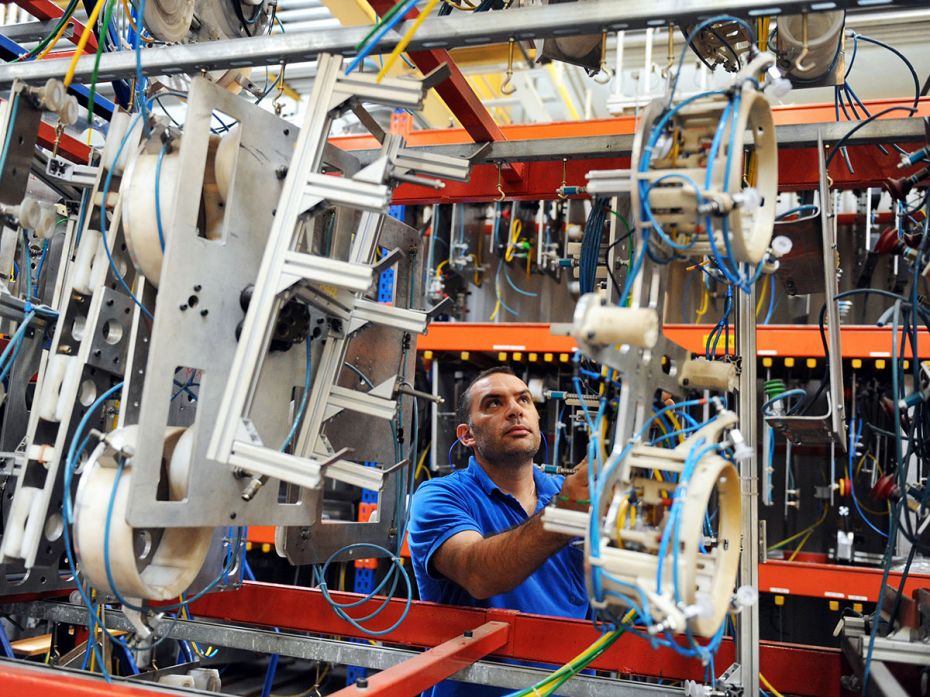
Image by : JEAN-FRANCOIS MONIER / AFP
A file photo of an employee of Tupperware Brands Corporation storing moulds used to fabricate airtight containers at the group's plant in Joue-les-Tours, France.
A brand that came to be synonymous with all things Americana marked its 75th anniversary in 2021. According to court documents, Florida-based Tupperware currently employs more than 5450 employees across 41 countries and partners with a global sales force of over 465,000 consultants who sell products freelance in nearly 70 countries. The company aims to advance into a digital-first, technology-led company, signalling a possible move towards increased reliance on sales on the brand's website or on more online-focused marketing.
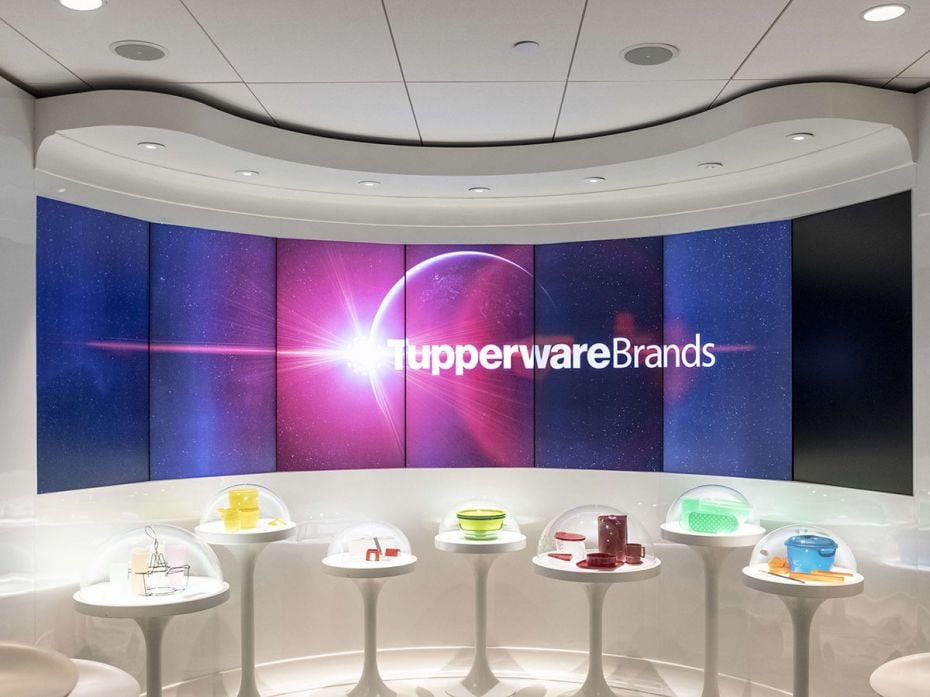
Image by : John Greim/LightRocket via Getty Images
Tupperware Brands' corporate history and product display at the company's headquarters in Florida.
Despite the US-based parent company's shares falling 75 percent this year and a Chapter 11 bankruptcy filing, Tupperware's Indian operations may not be affected by the global restructuring, according to a TOI report. This is because the company has been on an aggressive expansion spree here, and the products are manufactured locally.





